Axon's Automotive Anorak: Familiar names, unfamiliar faces
Ford recently released a couple of hazy ‘teaser’ photographs to announce its upcoming smaller ‘sporty’ crossover SUV, set to replace the unremarkable EcoSport later this year.

Through the soft-focus, blurry images, the shape of a blue sports SUV –a cross between a Porsche Cayenne and Vauxhall Mokka X – can just be made out, surrounded by nightclub-style laser lights as a further disguise.
That Ford is soon to release a more competitive small SUV to tackle rival crossovers such as the Nissan Juke and Renault Captur won’t come as a huge surprise, as this is a growing market sector that the popular Detroit Blue Oval brand has been uncompetitive in for too long. What does come as a surprise though is that Ford is set to revive a much-loved model name for this new five-door SUV, a name that first appeared 22 years ago and has not been used since 2002.

Ford’s new crossover will be badged as the Puma, a name more commonly associated with the sharp little Fiesta-based three-door coupé of the late 1990s that is now enjoying a second life as a fun and affordable sporting ‘modern classic’ rather than a practical five-door SUV.

Reviving model names and shuffling them into new car segments where they’ve not previously existed has become something of a Ford specialty over the years. In 1993, for example, Ford introduced a new four-wheel-drive SUV as a joint venture with Nissan, the former model branded as the Maverick, a name previously used by Ford for a totally different sector; its early 1970s North American semi-compact sedan and coupe models.
Ford also revived the cherished Capri name for its ugly Australian-built roadster between 1989-94, as well as Focus (originally used for a two-seater roadster concept, as was the Mustang name before the iconic coupe was released), the Fusion (a small MPV in Europe, but a large family sedan in the USA) and Galaxy MPV, a corruption of the American full-size sedan, the Galaxie (with an ‘ie’).

Ford doesn’t have the monopoly on reviving model names for completely different market segments, however, as many other car makers have also adopted the same practice over the years, Fiat being another prolific resurrector of previously-used names. Examples include the Fiat Strada, first used in the late 1970s for UK and US market versions of the distinctive Ritmo C-segment hatchback, and later revived in many countries for the pick-up version of the huge-selling Palio. Fiat’s Brava name appeared on American-market 131 Mirafiori saloons long before the name reappeared on the stylish three-door hatch, with the 130 designation used in Europe for Fiat’s range-topping saloon and elegant coupe, plus a truck in Brazil!

Other sector-crossing resurrected model names include the MG ZS, which first appeared on the sporting hatch and saloon variants of the Rover 45, but today has been reborn as a mid-size SUV. Further examples include the Vauxhall Viva (once mid-size family models, now an entry-level hatch), the Opel GT (originally a sleek two-door coupe, and later a drop-top roadster, the opposite of the Sunbeam Alpine) and the Bentley Brooklands (first time around it was an ‘entry level’ luxury saloon and later became a swanky and rare range-topping GT coupe).
Other sporting models to have retained their model name but change vehicle sectors have included the Reliant Scimitar (from coupe to GTE ‘shooting brake’ and finally smaller roadster), De Tomaso Mangusta (mid-engined supercar to GT soft-top), Lotus Elite (driver-focused coupe to executive four-seater), Vauxhall Tigra (coupe to CC convertible) and the Škoda Rapid (from rear-engined coupe to bland front-drive saloon and hatch).

More unusual name revivals of note include the Mazda 121, this long-forgotten large ‘landau’ coupe being the piston-engined version of the mid-1970s rotary-powered RX-5, which reappeared in the 1990s as the compact B-sector 121 saloon.
The Maserati Ghibli is another example of a segment-changing revived name, originally attached to the beautiful Ghia-styled 1967-73 grand tourer, reappearing in 1992 in the smaller, blocky three-box BiTurbo-derived coupe, and coming back for a third time in the executive 2013-to present four door saloon (including Maserati’s first-ever diesel!) Fellow Italian marques Lancia and Alfa Romeo have also revived a few hallowed names, in Alfa’s case taking sacred competition designations (33, 159, Alfetta, etc.) and applying them to mass-market production models, whilst Lancia revived pre-war names such as Beta, Gamma and Zeta for very different vehicles.
The glorious 1930s BMW 328 roadster’s name was bravely resurrected for the mainstream 328i saloons, coupes and Touring estates in later years, with the Mini Clubman nomenclature revived from the tiny 1969 saloon and estate, for the now much larger wagon derivative.
The UK-market Dacia Duster (ARO 10 elsewhere) grew from being a basic two-door soft-top 4x4 in the 1980s to the ‘low cost’ SUV that has proved to be such a sales winner today. Likewise for the Mitsubishi Eclipse; now a crossover SUV, but originally a svelte three-door coupe in the USA. Similarly, the Subaru Justy; a compact hatchback first time out, but now an upright and boxy MPV people carrier in its native Japan. And the same goes for the Honda Vamos, a basic utility Mini Moke-type vehicle in the early 1990s, later becoming a sector-swapping MPV, with the Honda Jazz switching from a 4x4 SUV in Japan to its entry-level hatch in Europe.

Honda is also one of the rare manufacturers to continuously use the same model designation, but reposition the name into a different sector of the new car market. When first launched in 1972, the Civic was a small two-box hatch, competing in the same ‘super-mini’ B-sector as the contemporary Renault 5, Fiat 127 and Ford Fiesta. Today’s Civic is now placed a segment above, though, the larger Honda now competing squarely in the Golf, Focus, Astra C-sector.
The opposite applies to the Volkswagen Santana in China, where the traditional three-box Mondeo-sized saloon used to compete in the D-sector, but has now been downsized with a Jetta-derived C-segment sedan. The North American-market Buick Regal follows the same pattern; once a huge full-size sedan, and now a smaller Vauxhall Insignia-based model range.
Time will tell whether the new, revived Ford Puma in its new SUV format will deliver the enjoyment and future enthusiastic following of the original 1990s coupe. I somehow have my doubts, but still look forward to perhaps one day seeing a new Ford Cortina as a two-seater roadster, an Anglia MPV people carrier and Granada super-mini entry hatchback!
Maserati Ghibli image courtesy of R.M. Sotheby’s Honda Civic image by Tom Shaxson.
Axon's Automotive Anorak
Ford
Puma





